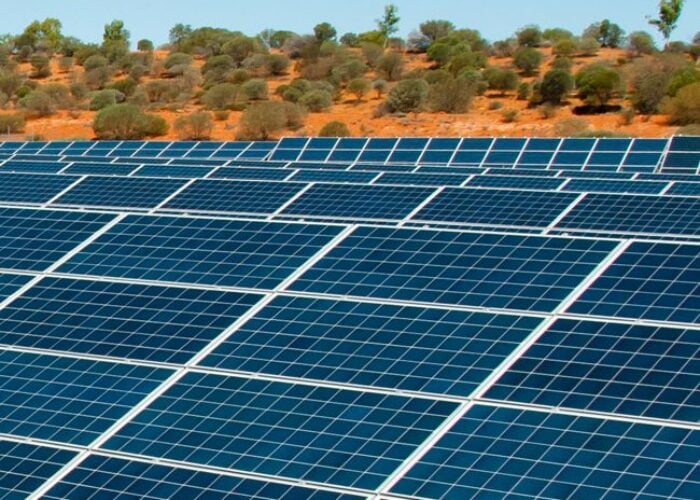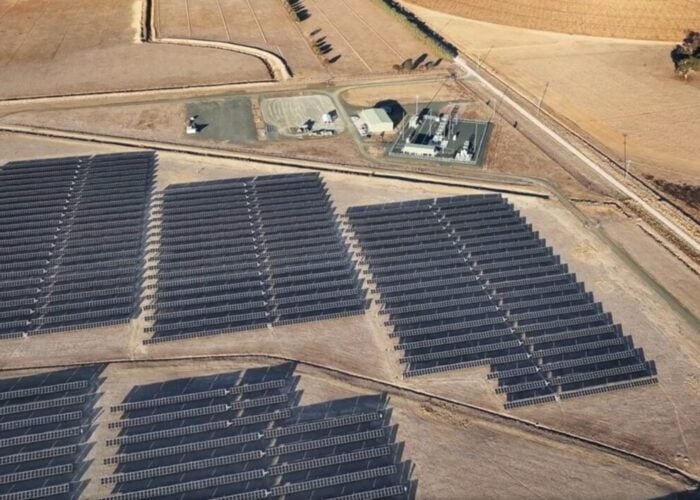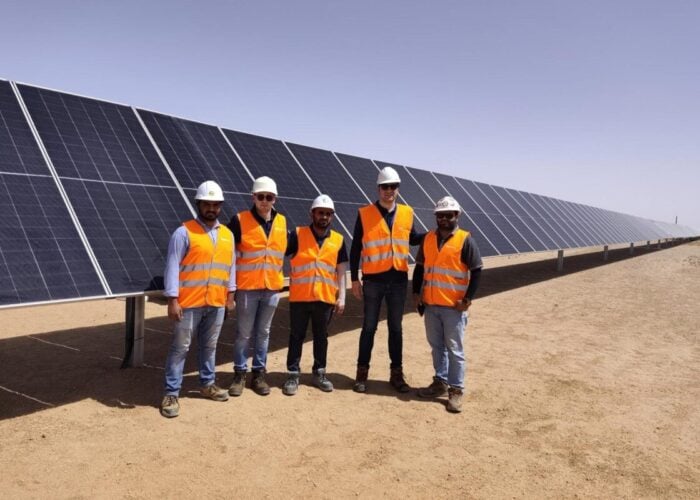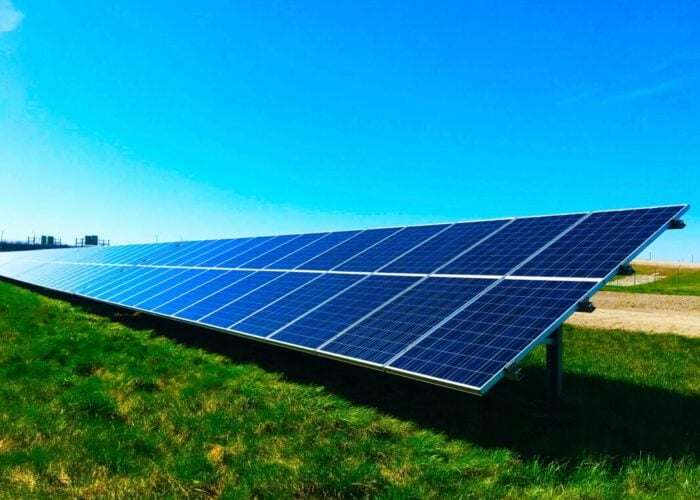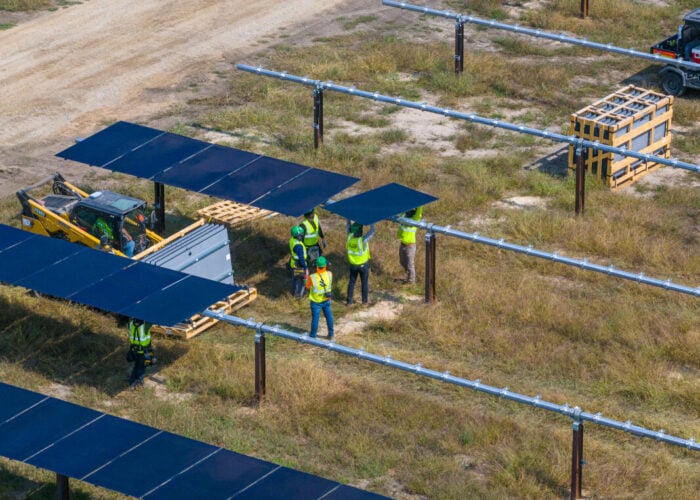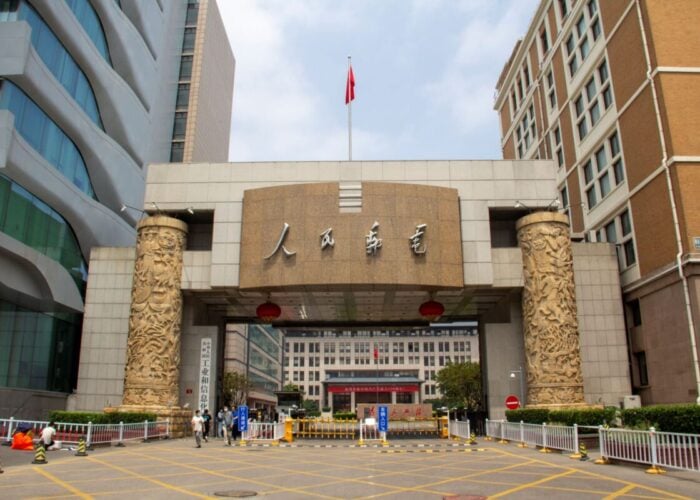The global market for energy storage in PV is forecast to grow to US$19 billion by 2017 from just $200 million last year, according to research by IHS.
The predicted explosion in the size of the storage market will be led by Germany, which has already taken an early lead in driving uptake of the technology by introducing a subsidy for PV storage systems.
Try Premium for just $1
- Full premium access for the first month at only $1
- Converts to an annual rate after 30 days unless cancelled
- Cancel anytime during the trial period
Premium Benefits
- Expert industry analysis and interviews
- Digital access to PV Tech Power journal
- Exclusive event discounts
Or get the full Premium subscription right away
Or continue reading this article for free
Due to come into effect on 1 May, the tariff is expected to reduce the 20-year cost of a PV system with storage to 10% less than one without.
IHS predicts this will result in almost 2GWh of effective storage capacity being installed over the next five years in Germany.
“Because domestic electricity rates now significantly exceed residential feed-in tariff rates, there is strong interest in increasing self-consumption in residential PV systems to maximise the financial return of the system,” said Sam Wilkinson, PV analyst at IHS.
“As a result, 8MW of PV systems were already installed with storage in Germany in 2012, prior to the subsidy being released. The introduction of the widely anticipated subsidy will quickly accelerate uptake by making the lifetime cost of PV systems with storage cheaper compared to those without it.”
Overall the lead taken by Germany is expected to drive global installations of PV storage systems to 7GW by 2017, with Germany inspiring other countries to follow its lead, particularly as solar subsidies such as feed-in tariffs begin to diminish.
It predicts energy storage will begin to take off in the UK from around 2014, as prices for the technology begin to fall.
Wilkinson said: “We do expect that other countries will follow Germany’s example and adopt similar subsidy schemes to promote the use of PV energy storage—particularly where there is a case for promoting self-consumption and grid stability.
“Even without subsidies though, storage can be an attractive proposition in conjunction with residential PV systems in some markets, such as the UK, where the market is forecast to begin growing quickly in 2014, when the price of batteries is predicted to have fallen sufficiently to make PV storage financially viable.”
The report predicts that larger PV systems will also start to incorporate storage technology as the growing deployment of PV puts more pressure on grid systems.
Utility-scale PV systems with storage are forecast to grow to more than 2GW annually by 2017, with Asia and the Americas dominating this market.

